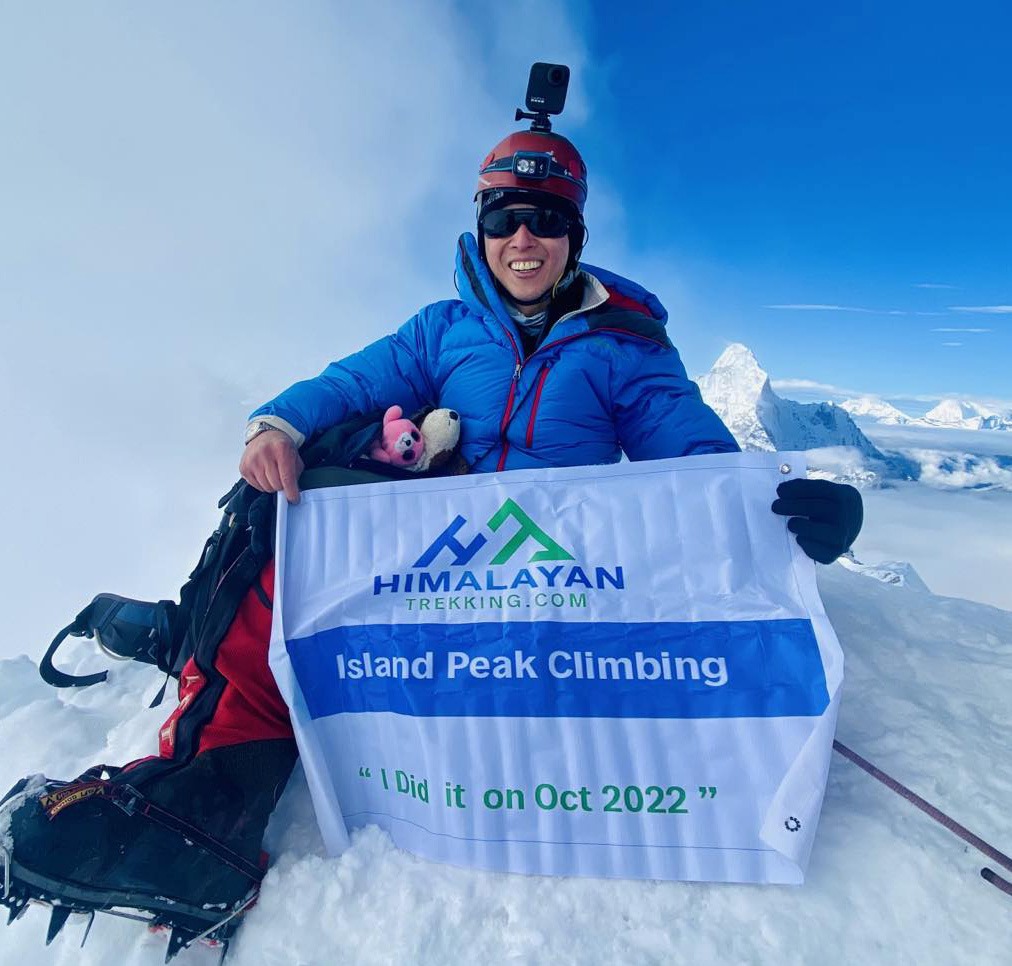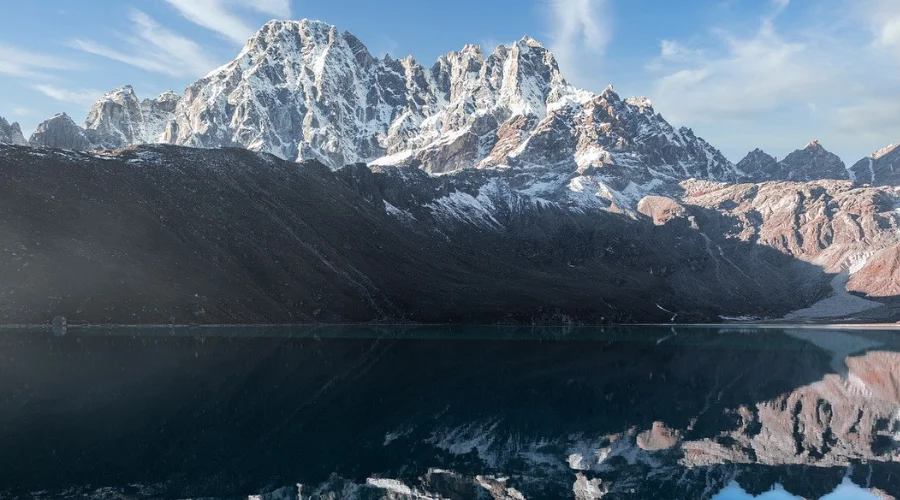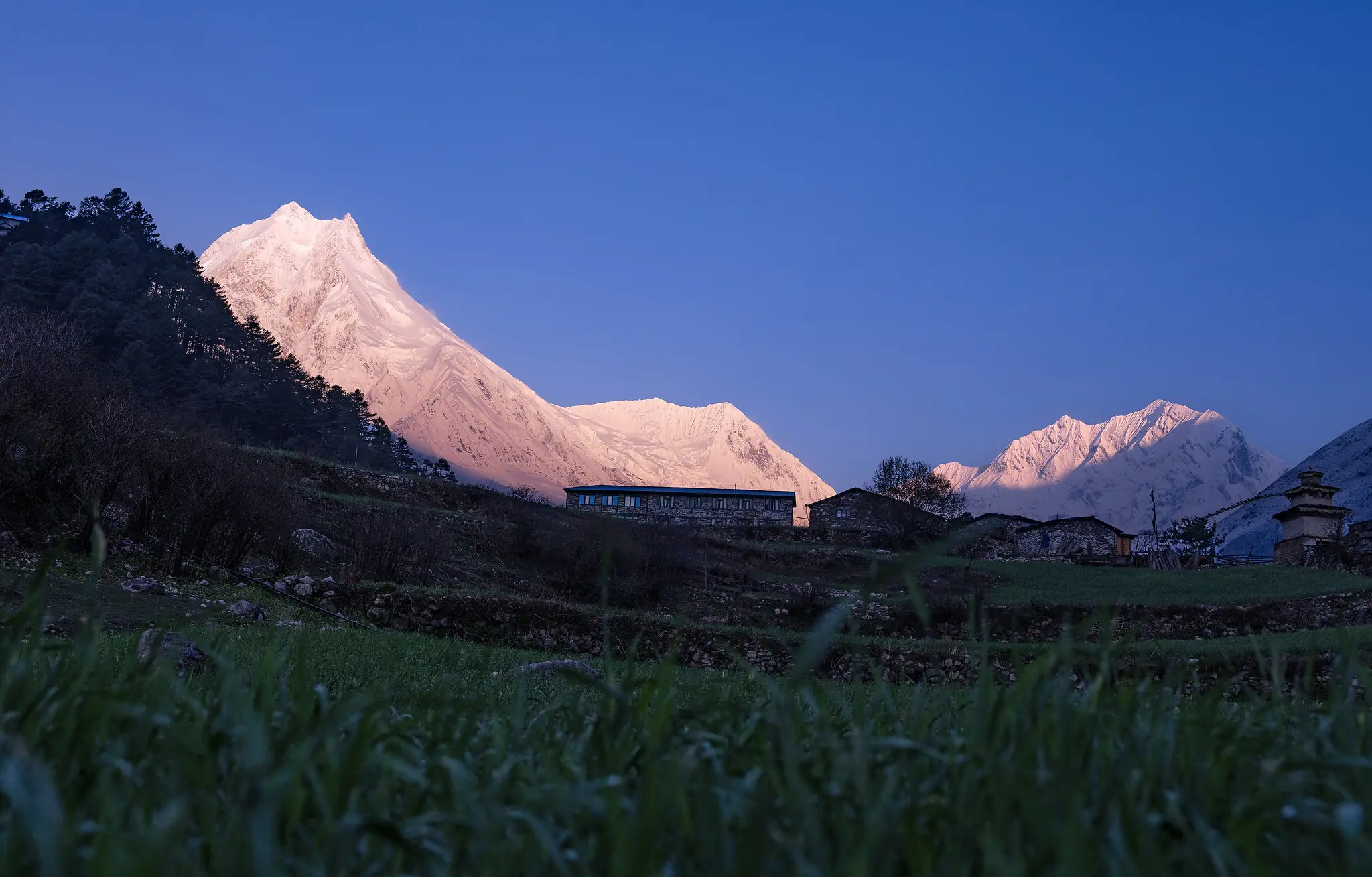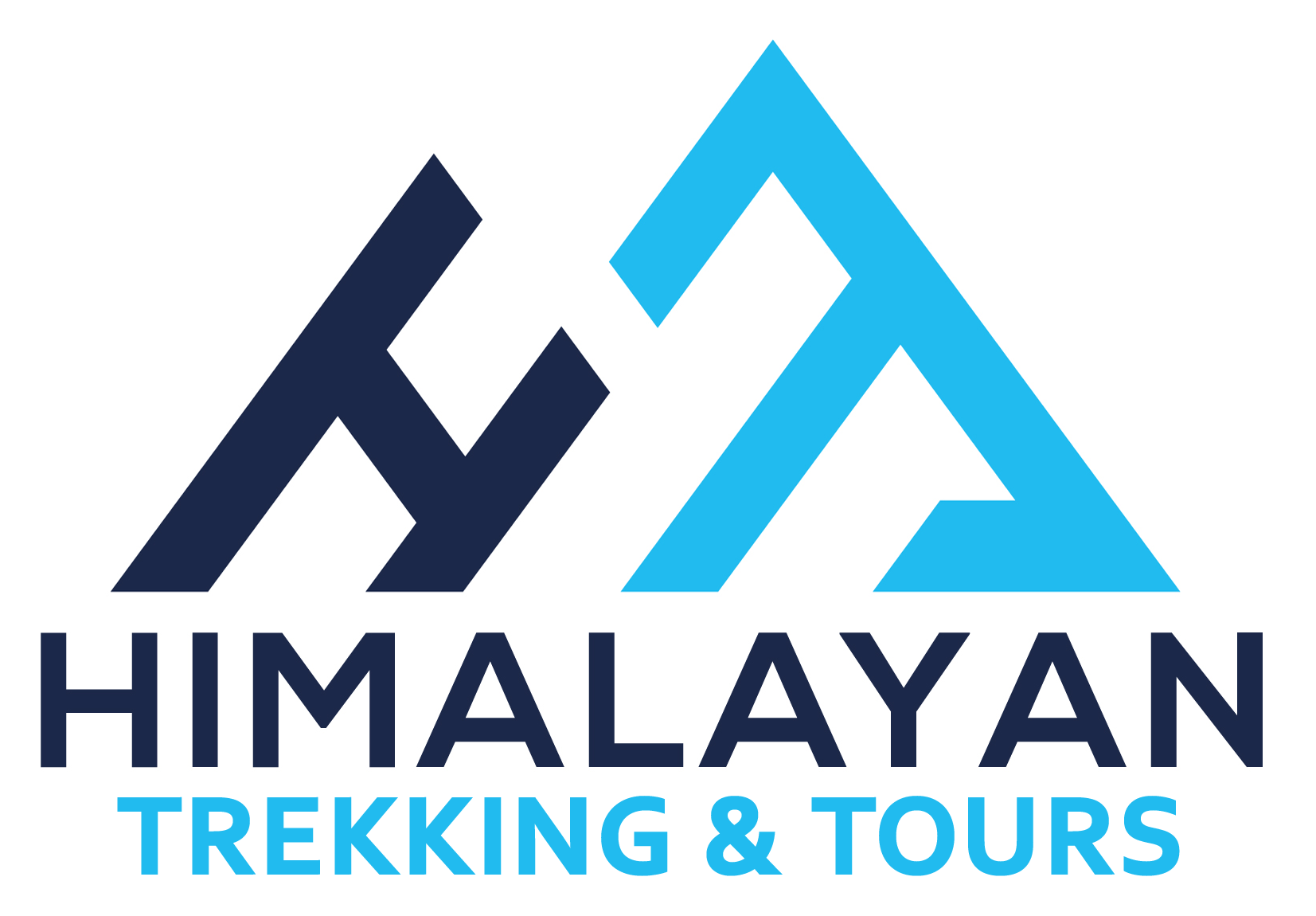Challenging Treks in Nepal
-

Standard Trek

Strenuous

20 Days
-

Standard

Challenging

25 days
-

$2680

Standard

Challenging

19 Days
-


Standard

Strenuous

18 Days
-


Standard

Strenuous

16 Days
Exploring the Essence of Challenging Treks in Nepal: Conquer Nature’s Wonders
Challenging treks in Nepal offer an adrenaline-fueled journey for those seeking to push their limits and experience the raw power of nature. Nestled in the middle of the majestic Himalayas, Nepal is a land of adventure with breathtaking landscapes. It boasts a remarkable array of awe-inspiring trails that will test your endurance, determination, and spirit of adventure.
The Trails of Adventure in Nepal
Treks in Nepal are very well known for their physical demands yet are filled with breathtaking landscapes, providing a unique opportunity to delve deep into your inner adventurer. Challenges in the Himalayan range are inevitable yet people from all around the world come to feel its grandeur. At Himalayan Trekking, we understand such feelings of conquering challenging trails, and we are here to guide you through every step of the way.
Challenges of the Treks in Nepal
- Intrepid Passes: Prepare to cross formidable passes that demand courage and resilience. Our treks, such as the renowned Everest Base Camp Trek, Annapurna Circuit Trek, and Upper Mustang Trek, present trekkers with daunting altitudes, narrow ridges, and steep ascents. Each pass conquered becomes a milestone in your trekking journey, an achievement that will leave an indelible mark on your soul.
- Unpredictable Weather Conditions: Nepal’s treks are famous for their exhilarating weather conditions. Rain, snow, and strong winds can test your endurance and adaptability. The Annapurna Circuit Trek and Langtang Valley Trek, for instance, expose trekkers to varying climatic conditions, requiring careful planning and preparation to tackle the challenges that Mother Nature throws your way.
- High Altitude Realities: Scaling lofty altitudes is a defining feature of challenging treks in Nepal. As you venture into the Himalayan foothills, the lack of oxygen becomes very evident. Acute Mountain Sickness (AMS) is a genuine concern that trekkers must address. Treks such as the Everest Base Camp Trek and Upper Mustang Trek push you to higher altitudes, necessitating proper acclimatization and awareness of AMS symptoms to mitigate risks and ensure a safe journey.
- Remote and Rugged Terrain: One of the distinguishing aspects of difficult treks in Nepal is the wilderness and raw beauty of the landscapes. Treks like the Upper Mustang Trek take you deep into the remote corners of the country, where the rugged terrain demands physical agility and mental fortitude. Crossing rocky paths, navigating through dense forests, and negotiating narrow trails become a true test of your skills and determination.
Mitigating of the Challenging Treks in Nepal
While challenging treks in Nepal may seem daunting, proper preparation and guidance can help you conquer these obstacles. Here are essential tips to mitigate the challenges and ensure a successful trekking experience:
- Physical Fitness and Training: Start training well in advance, focusing on cardiovascular exercises, strength training, and hiking to improve your endurance, stamina, and muscle strength. Engage in regular physical activities that simulate the demands of trekking.
- Gradual Acclimatization: Choose trekking itineraries that allow for proper acclimatization to the increasing altitudes. We design carefully planned schedules that incorporate acclimatization days, enabling your body to adapt to changing oxygen levels gradually.
- Packing the Right Gear: Ensure that you are very well-equipped with top-notch gear tailored to your specific trekking needs. It is very important to have reliable equipment readily available during treks in Nepal.
- Hydration and Nutrition: Stay hydrated by drinking plenty of water throughout the trek. Carry water purification tablets or a filtering system for safe drinking water. Fuel your body with nutritious meals that provide the energy required for strenuous hikes.
Local Expertise: Choose a trustworthy travel agency that provides experienced guides well-versed in the challenging treks in Nepal. Their knowledge of the terrain, weather patterns, and local customs will help you navigate the obstacles while ensuring your safety and comfort.
Start Your Adventure Today – Book Your Trek with Us at Himalayan Trekking and Tours.
© 2025 - Himalayan Trekking and Tours (P) Ltd. All Rights Reserved.

